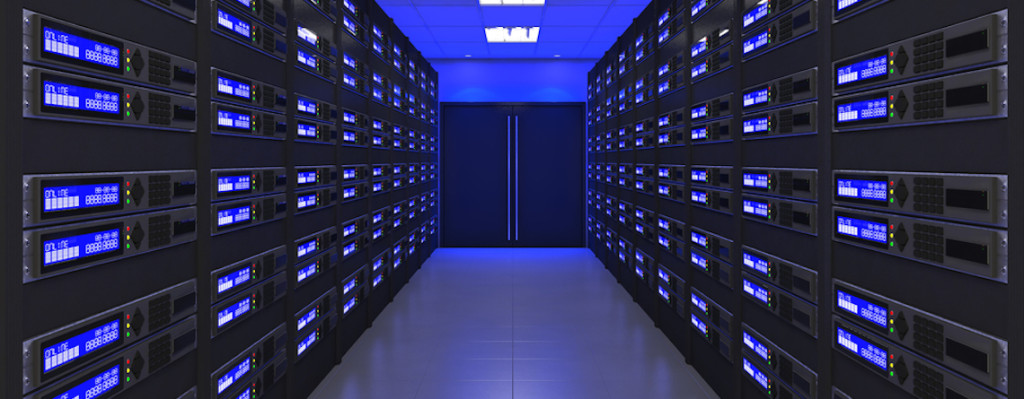 Why is technology giant Google developing self-driving cars?
Why is technology giant Google developing self-driving cars?
For several years, Google has been testing a fleet of autonomous (self-driving) cars. If this seems like a radical departure from their core business of Internet search and advertising, you might be underestimating the depth of their vision. Ultimately, a future of self-driving vehicles could be transformative, benefitting people and planet in a host of ways, though to the detriment of a number of existing industries.
In this first blog in a series on AV’s we look at some of the direct benefits: safety and efficiency.
Safety
Where human drivers are often inaccurate, inconsistent and somewhat irrational, a car with a computer behind the wheel is the opposite. As such, the only accident Google’s fleet of autonomous cars has notched up in nearly a million miles of driving was caused by the driver of another vehicle.
Bristling with sensors that enable the computer to analyse what’s happening around it in three dimensions and 360 degrees, a self-driving car is applying much more rigorous analysis to its driving decisions than a human driver ever could. It never takes its “eyes” off the road to change the radio station, shout at the kids in the back seat or furtively check a text message on its phone, meaning no concentration lapses. So they’re pretty safe (unless the computer ever crashes).
Fewer accidents would ease the stress on emergency services and hospitals, although government revenues would dip to the extent that there would be fewer speeding and DUI fines issued. Of course, fewer tickets means less cases to be contested, freeing up the courts for more serious infringements. It would also mean the end of arguments about who is going to be the designated (non drinking) driver. And clearly, both the smash repair and taxi industries could be adversely affected.
Efficiency
Where human drivers often rev their engines, accelerate and brake heavily, frequently exceed the most efficient speed given the aerodynamics of their vehicle and generally drive unevenly, a computer can be programmed to optimise fuel efficiency. So that’s an initial tick for the environment.
Network the car to traffic control systems and real time traffic data (such as Google already collects from users of its phones and Maps app), and the computer can now optimise your route to avoid traffic congestion, saving both time and fuel.
And things get really interesting when you start to get a sizeable number of autonomous vehicles on the roads. If they can sense and talk to each other, then road congestion would really ease up – they’d be able to negotiate lane merges and intersections more smoothly; pull away from traffic lights in unison and so on. In turn, traffic control systems could take data from cars and use it to synchronise traffic light sequences in real time along major routes. Following distances could be reduced between autonomous vehicles, since each car in a contiguous convoy would know the intentions of the others: only the lead AV would need to maintain a traditional safe distance to the human-driven vehicle in front.
These innovations could significantly increase the capacity of existing roads and again reduce journey times and fuel or energy wastage. And on roads away from high pedestrian or cyclist zones, speed limits for AV’s could potentially be increased.
Benefits multiplying
In this post we’ve only scratched the surface of the profound impacts broad adoption of AV’s could have. In the next instalment of this series we’ll look at potential impacts to the way we design cities plus how the effects might be felt in other parts of the transportation sector.
But back to the question of where it fits into Google’s strategy?
Well, one reason is that if you no longer need to devote your attention to driving, it could be pretty boring being chauffeured by your car to your destination. And to Google that means idle eyeballs looking for content and therefore potentially being exposed to ads. AV’s are likely to feature sophisticated entertainment, app and browsing options.
Talk to Adaptive Capability today about what the future means for your business.
Image credit: Liushengfilm/ShutterStock





